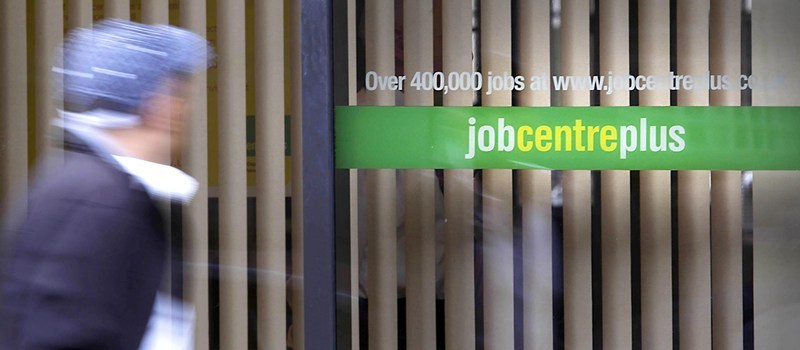Scotland faces a lost decade of high unemployment, sluggish economic growth and falling house prices, a major new report has warned.
Ernst and Young’s Scottish ITEM Club winter forecast paints a bleak picture of Scotland over the next decade even if the eurozone crisis is solved.
It predicts the number of people in employment will fall next year and although it will climb slowly after that by 2015 only 71% of the Scottish working age population will be in a job three percentage points lower than in 2007.
The number of people seeking work is likely to rise by 85,000 because of changes to benefits and the rising retirement age, while the total number of people in jobs is expected to fall by 45,000, making competition for jobs even fiercer.
Employment levels are not set to return to their 2008 peak until the mid-2020s.
Additionally, projections for growth in the Scottish economy next year have been downgraded from 1.9% to 1.1% while house prices are set to fall until 2015 when they will begin to recover. However, Ernst and Young estimate that the average house price in 2014 will be below what it was in 2007, just before the economic downturn began in earnest.
Dougie Adams, senior economic advisor to the Ernst & Young Scottish ITEM Club, said: ”The economic losses are eye-watering. The cumulative loss in Gross Value Added (GVA the value of goods or services produced in a region or country) to Scotland since the beginning of the financial crisis amounts to around £40 billion. That equates to a £17,000 loss per every household in the country.
“The deterioration in the international environment coupled with continued pressures on household budgets has further dented our expectations for growth in 2012. Any rapid recovery that makes good on losses in relatively short order looks to be a pipe dream.”
Mr Adams added: ”Scotland’s output at the mid-point of this year was around the same size as it was in early 2006. The economy could be expected to grow by 10% over five years in normal economic times, which suggests any talk of a ‘lost decade’ of growth is no longer as fanciful as it once sounded.”
Continued…
He added that the Scottish economy is not performing as well as the UK as a whole. Growth in Scotland over the past two years was just 1.4% compared to 2.8% across the UK as a whole.
The report also notes that the rebound in Scotland has been weaker than that of the UK as a whole. Growth north of the border was 1.4% in the past two years, compared with 2.8% across the whole of the UK.
Over the past year, the economy has been almost stagnant. Output only increased by only 0.2% between mid-2010 and mid-2011.
Scottish ITEM attributes more sluggish growth in the recovery to the weak performance of transport and communication, business services and Scotland’s public sector.
Manufacturing is shown to have grown by 4.8% in the two years to mid-2011, but this compares with an increase of 6.6% in the rest of the UK.
The economy is also being hindered by a fall in engineering exports.
World trade in goods has expanded by around a quarter since the recovery began in 2009, and exports of Scottish manufactured goods and exports have gone up by 7%.
Food and drink exports are shown to be up by 10%, with the metals and pulp, paper, publishing and printing sectors both having grown by 27% in the last two years. However engineering exports are down 5% over that time.
The eurozone remains a key market for Scotland, accounting for around 40% of Scottish exports.
Jim Bishop, senior partner at Ernst & Young in Scotland, says: ”The continued eurozone crisis underlines just how important it is for Scotland to diversify its export efforts to high-growth countries. We need to capitalise on the booming success of the BRIC markets and also look beyond the curve to other high-growth countries such as Indonesia, Mexico and Turkey.”
Mr Adams said: ”Our growth forecast is predicated on the eurozone finding some kind of route out of its current morass, albeit with the Mediterranean members mired in a cycle of pernicious austerity and low growth. Default by either Italy or Spain would push Europe and the UK, and possibly the rest of the world as a whole, back into the recession or worse.”
